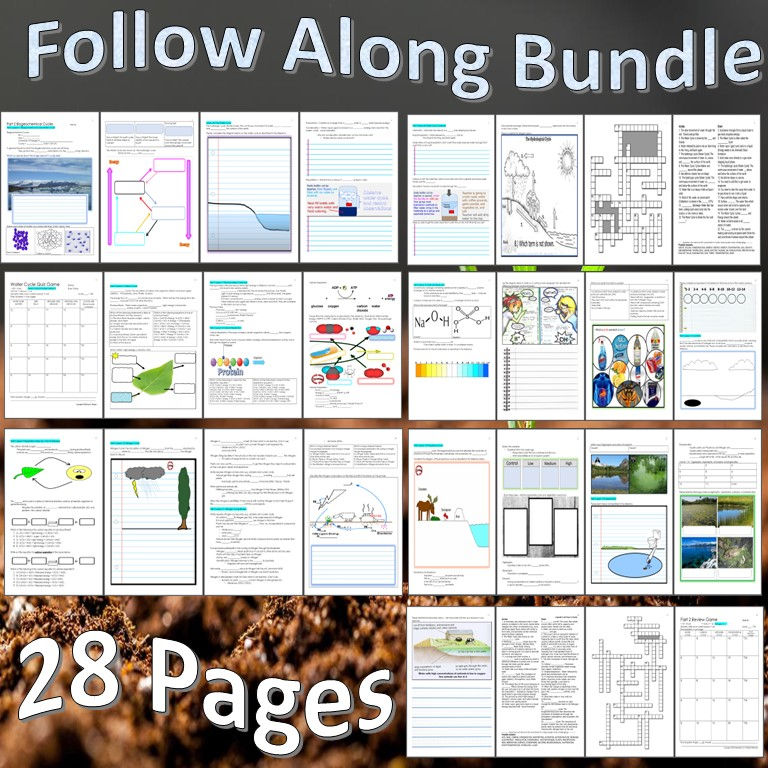Ecology Abiotic Factors and Biogeochemical Cycles Unit
$19.99
"Comprehensive Ecology Unit: Abiotic Factors & Biogeochemical Cycles with Hands-On Activities and Printable Bundles"
This engaging 2-part ecology unit features 27 interactive lessons (50 minutes each) and 54 pages of printable work bundles, making it a perfect resource for middle school science educators. The work bundles guide students through critical notes, hands-on labs, graph interpretation, quizzes, and games while following a detailed, interactive slideshow for seamless lesson planning.
Key Features:
Editable Resources: Fully customizable slides and activities, easily convertible to Google Slides and Google Docs for Google Classroom integration.
Built-In Assessments: Each part concludes with a 20-question quiz game, crosswords, and end-of-unit assessments to reinforce learning.
Hands-On Learning: Includes lab projects, engaging activities, and interactive projects to deepen understanding of complex ecological concepts.
Complete Teacher Support: Comes with answer keys, materials lists, video links, and more for hassle-free implementation.
Part 1: Ecology Abiotic Factors
Focus Areas:
Abiotic vs. Biotic Factors
Light, temperature, water, wind, and fire as abiotic factors
Lab activities: Bio-dome creation, brine shrimp tolerance, isopod experiments, and seed dispersal projects
Case Studies: Yellowstone wildfires and smoke jumpers
Engaging Activities:
Build wind-dispersed seed mechanisms
Graph lab findings and write reports
Explore desert adaptations and thermoregulation
Part 2: Biogeochemical Cycles
Focus Areas:
Hydrologic Cycle, Carbon Cycle, Nitrogen Cycle, and Phosphorus Cycle
Earth’s spheres and the movement of matter through ecosystems
Activities: Water cycle in a bottle, solar still construction, percolation experiments, pH testing, and acid rain demonstrations
Explore nutrient pollution and eutrophication impacts
Interactive Learning:
Visual quizzes, hands-on molecule demonstrations, and crosswords
Build a clear understanding of energy flow and chemical cycles with fun, step-by-step activities
Why Educators Love This Unit:
Time-Saving Design: Chronological work bundles simplify lesson planning.
Engaging for Students: Hands-on projects and quizzes make learning interactive and fun.
Ready-to-Use: Everything you need, from materials lists to answer keys, is included.
Transform your classroom with this engaging, standards-aligned ecology unit that brings science to life for your students.
Quantity







